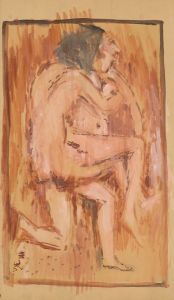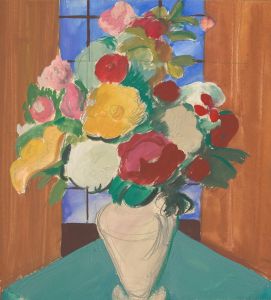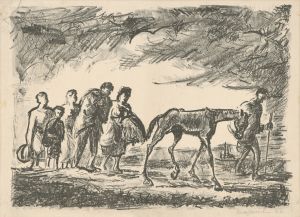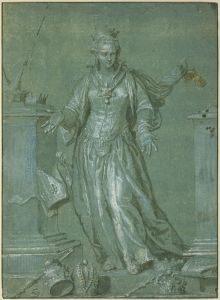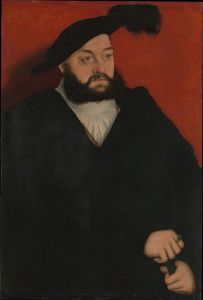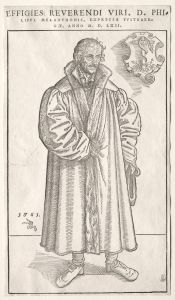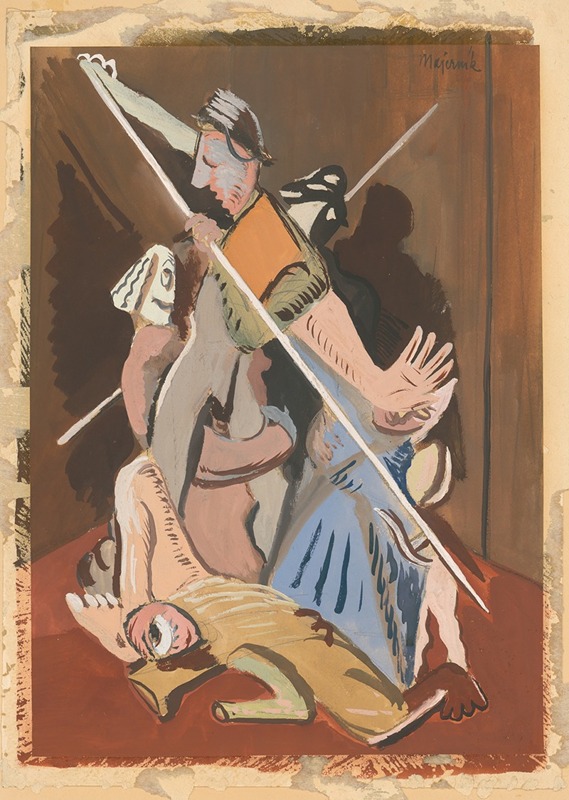
St. Bartholomew’s Day Massacre
A hand-painted replica of Cyprián Majerník’s masterpiece St. Bartholomew’s Day Massacre, meticulously crafted by professional artists to capture the true essence of the original. Each piece is created with museum-quality canvas and rare mineral pigments, carefully painted by experienced artists with delicate brushstrokes and rich, layered colors to perfectly recreate the texture of the original artwork. Unlike machine-printed reproductions, this hand-painted version brings the painting to life, infused with the artist’s emotions and skill in every stroke. Whether for personal collection or home decoration, it instantly elevates the artistic atmosphere of any space.
Cyprián Majerník's painting "St. Bartholomew’s Day Massacre" is an artistic representation of the infamous historical event known as the St. Bartholomew's Day Massacre, which took place in France in 1572. Majerník, a Slovak painter born in 1909, was known for his expressionist style and often depicted historical and social themes in his work. This particular painting captures the chaos and brutality of the massacre, which was a significant event in the French Wars of Religion.
The St. Bartholomew's Day Massacre occurred on the night of August 23-24, 1572, and continued for several days. It was a targeted group of assassinations and a wave of Catholic mob violence directed against the Huguenots (French Calvinist Protestants) during the French Wars of Religion. The massacre began in Paris but spread to other urban centers and the countryside. It is estimated that thousands of Huguenots were killed in Paris alone, with the death toll across France reaching tens of thousands.
Majerník's painting likely reflects the intense emotions and the tragic nature of the event. Although specific details about the composition and style of Majerník's "St. Bartholomew’s Day Massacre" are not widely documented, his broader body of work is characterized by dramatic use of color and form, often conveying a sense of movement and emotional intensity. This approach would be fitting for a subject as charged and violent as the massacre.
The historical context of the massacre is rooted in the deep religious and political tensions of 16th-century France. The marriage of the Protestant Henry of Navarre (later Henry IV of France) to the Catholic Margaret of Valois was intended to ease these tensions, but instead, it became a catalyst for violence. The massacre was reportedly instigated by the Catholic royal family, particularly Catherine de' Medici, the mother of King Charles IX, although the extent of her involvement remains a subject of historical debate.
Majerník's work often reflects his personal experiences and the broader socio-political climate of his time. Living through the turbulent periods of the 20th century, including World War II and the rise of totalitarian regimes in Europe, Majerník was no stranger to themes of conflict and human suffering. His paintings frequently explore the darker aspects of human nature and history, making the St. Bartholomew’s Day Massacre a fitting subject for his artistic exploration.
While specific details about the painting's provenance, dimensions, and current location are not readily available, Majerník's work remains an important part of Slovak and European art history. His paintings are held in various collections, and he is recognized for his contribution to modern art in Slovakia. Through works like "St. Bartholomew’s Day Massacre," Majerník continues to offer a poignant reflection on historical events and their enduring impact on human consciousness.






